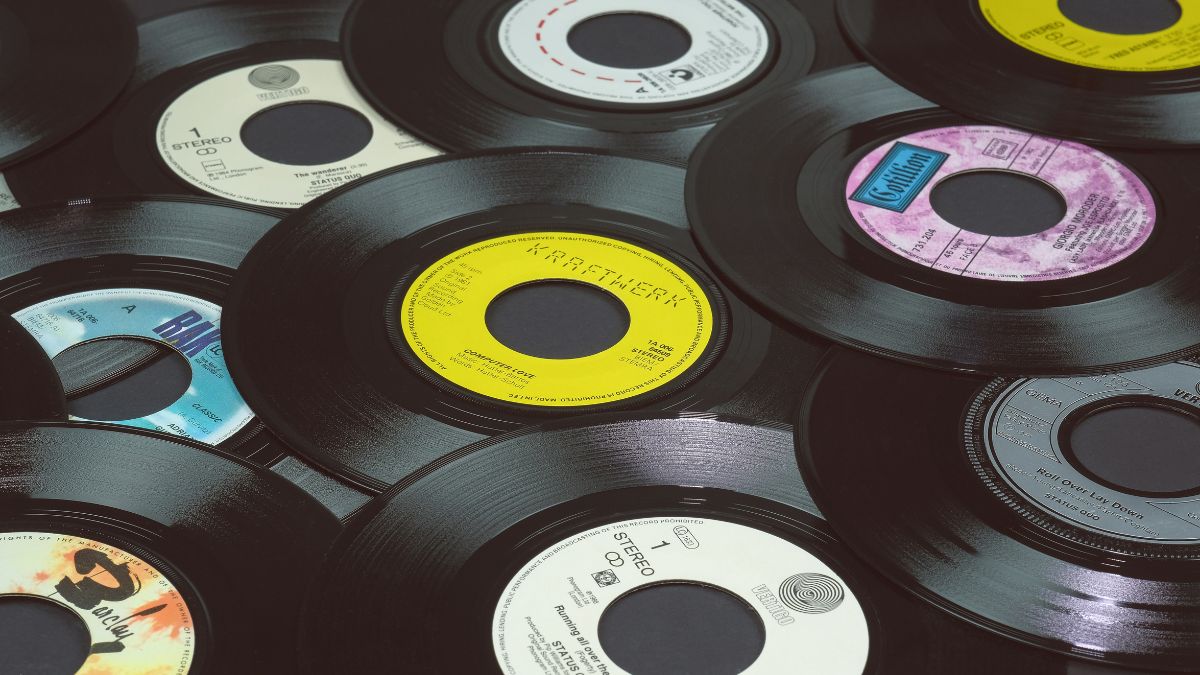The Vinyl Revival: Why Record Players Are Making a Comeback and Captivating Music Lovers

In the age of digital streaming and instant gratification, one might think the allure of physical media would wane. Yet, against all odds, record players are experiencing a renaissance, luring music aficionados back to the tactile and immersive experience of vinyl. VinylBossMusic.com stands at the forefront of this revival, offering a treasure trove of information and products for the vinyl enthusiast. Let’s delve into why this seemingly antiquated technology continues to spin its magic in the hearts of music lovers worldwide.
Fun facts about record players
The Origin and Evolution of Turntables
Record players, or turntables, have been around for more than a century, evolving from phonographs to the sophisticated systems we see today. The earliest version of the record player was invented by Thomas Edison in 1877. This machine, known as the phonograph, was the first to be able to both record and reproduce sound. Over time, the phonograph evolved into the gramophone and eventually into the modern turntable, which uses a needle to read grooves on a spinning disc – a vinyl record.
The Anatomy of a Record Player
The anatomy of a record player is fascinating. It consists of several components, each playing a critical role in the production of sound. The platter, which spins the record, is driven by a motor. The tonearm, equipped with a needle or stylus, picks up the vibrations from the record’s grooves. These vibrations are then amplified and converted into sound through speakers. The delicate interplay between these components is what creates the warm, rich sound that vinyl is known for.
The Rarity of Colored Vinyl and Picture Discs
Among vinyl records, some of the most sought-after by collectors are colored vinyl and picture discs. While standard records are typically black, colored vinyl can come in a myriad of hues, adding an extra layer of visual appeal. Picture discs take this a step further by incorporating artwork or images into the record itself, making them unique pieces of art as well as musical recordings. These editions are often produced in limited quantities, making them prized possessions for vinyl enthusiasts.
The benefits of owning a vinyl record player
Audio Fidelity and Warmth
One of the most significant benefits of owning a vinyl record player is the superior audio fidelity and warmth that vinyl records provide. The analog sound reproduction of vinyl captures the full range of audio frequencies, including subtle nuances that can be lost in digital formats. This results in a richer and more immersive listening experience, often described as warmer compared to the sometimes clinical sound of digital recordings.
Tangible Connection to Music
Vinyl records offer a tangible connection to music that digital formats cannot replicate. From the act of flipping through albums to find the perfect track to the ritual of placing the needle on the record, vinyl engages multiple senses. The artwork, liner notes, and even the occasional crackle and pop immerse listeners in the experience, creating a bond with the music that feels personal and profound.
The Resale Value and Collectibility
Vinyl records can also be a wise investment. Limited edition presses, rare finds, and first-issue releases often grow in value over time. Collectors and music enthusiasts prize unique and rare vinyl, making the hunt for these records an exciting pursuit. The resale market for vinyl is vibrant, with enthusiasts willing to pay top dollar for coveted pieces, ensuring that your collection can not only provide musical enjoyment but also potentially appreciate in value.
The history of the vinyl record player
The Golden Age of Vinyl
The golden age of vinyl began in the 1950s and stretched through the 1970s. During this era, record players became a staple in households. The introduction of the microgroove LP (long-playing) record in 1948 allowed for more music to be recorded on a single disc, revolutionizing the way people listened to and collected music. Iconic albums released in this period became cultural touchstones, and the artwork of LP covers turned into a form of artistic expression.
The Shift to Digital and the Decline of Vinyl
With the advent of digital technology in the 1980s, including the introduction of the compact disc (CD), vinyl records and record players saw a significant decline. The convenience of CDs and the promise of higher fidelity led to a shift in consumer preferences. By the 1990s, CDs had surpassed vinyl records in popularity, and many predicted that vinyl would become a forgotten format, relegated to history and nostalgia.
The Turntable’s Resurgence
Despite these predictions, the 21st century has seen a surprising resurgence in the popularity of vinyl records and turntables. The tactile nature of vinyl, the full-bodied sound quality, and the desire for a more authentic music experience have driven a new generation of music lovers to rediscover the joys of vinyl. Record player technology has also advanced, with modern turntables offering a blend of vintage appeal and contemporary features, such as USB connectivity and wireless streaming.
